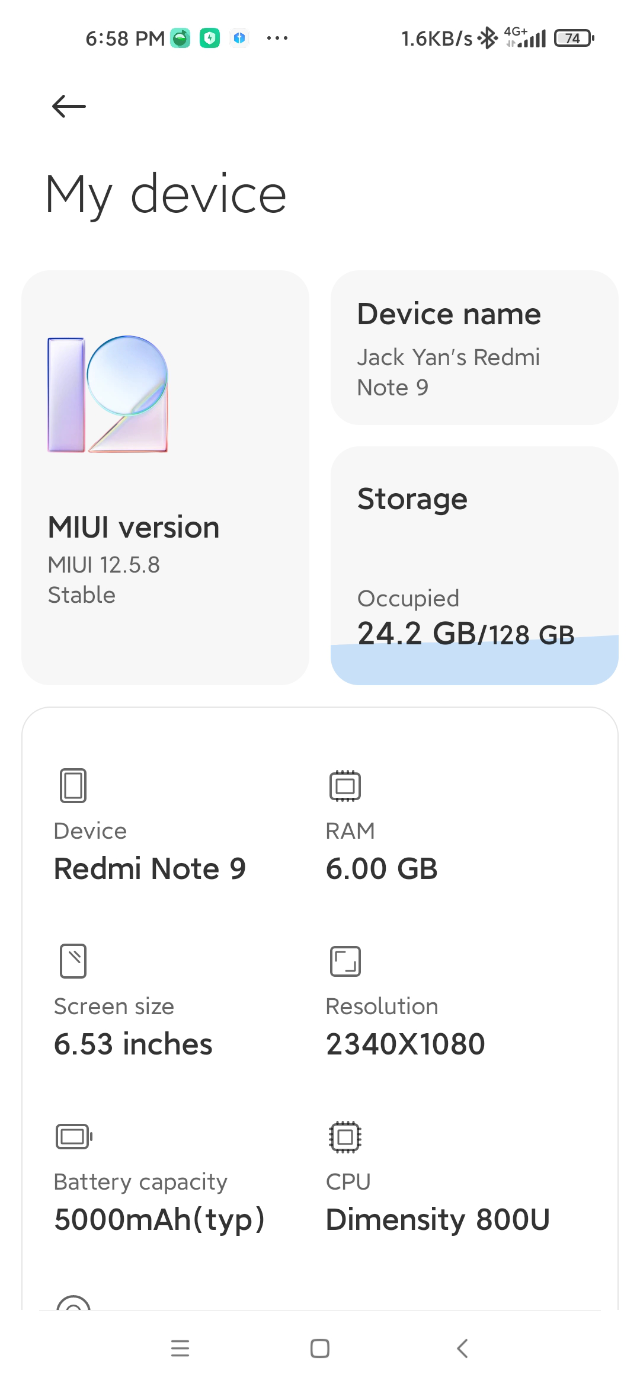
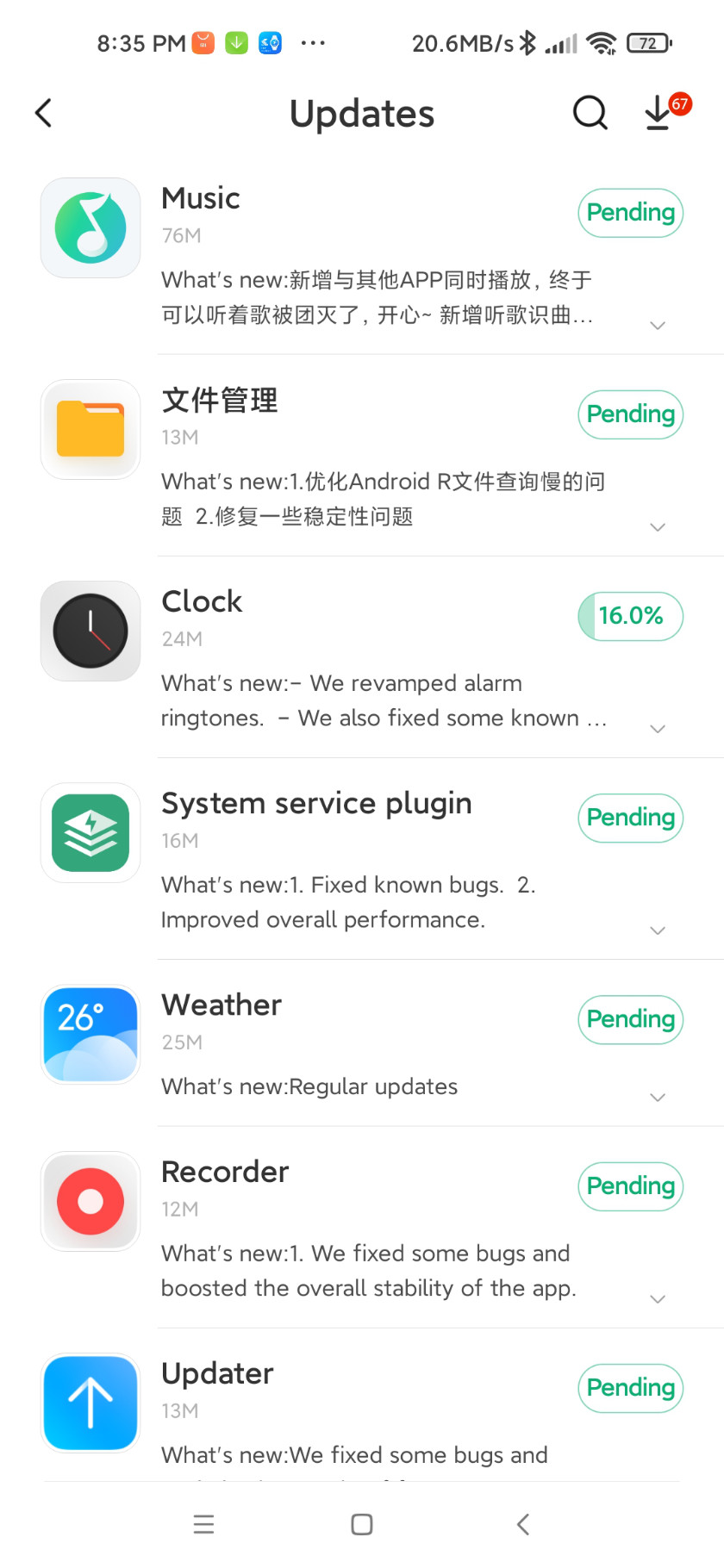
Top: Decent enough specs for the Xiaomi Redmi Note 9 5G. Above: Very respectable download speeds (in the header) as the phone updates 71 apps.
My Xiaomi Redmi Note 9 5G is here, and it’s proved better than the reviews suggested.
First up, kudos to the seller, YouGeek on Aliexpress, who not only double-checked to see that I wanted the Chinese version, but was considerate enough to send me, without any prompting, a New Zealand power adapter. The wrapping was the most secure I’ve ever seen from any Aliexpress vendor, like a hefty transparent Michelin man.
DHL did the delivery two days ahead of schedule, which pleased me no end.
The phone itself surprised me. I imagined 6·53 inches would be too big and 199 g too heavy, but neither has come to pass. It’s marginally taller than the outgoing Meizus but not ridiculously so, and as I have large hands, the width is fine. I haven’t noticed the weight increase, either.
The blue finish, which isn’t available on the export Note 9T 5G, is probably the best colour of the three on offer, and frankly I don’t care if the back is plastic or metal. As long as it keeps the bits inside, it’s fine.
What also isn’t on offer for export is precisely these specs: MediaTek Dimensity 800U running at a maximum of 2·4 GHz, 6 Gbyte of RAM, and 128 Gbyte of internal storage. The model code is M2007J22C.
Other surprises: it’s Android 11 (security update, October 1, 2021) running MIUI 12·5. Now, whether it was straight out of the box, I can’t swear to, since it prompted me to do an update not too long after I switched on and logged in.
It did try to get me to give a voice print to unlock its features by saying four Chinese words. Naturally I said them, but it seems Xiaomi doesn’t recognize Cantonese! The fingerprint scanner wasn’t that easy to set up—it took numerous attempts before it recognized my finger—but I got there, and now it’s programmed, the home screen does launch quickly.
The first order of business was to take myself off ad personalization (so easy, they even take you to the screen during set-up), then download Bromite as the browser, to stop using the clumsy default; and replace Sogou keyboard with Microsoft Swiftkey. The rest was getting the apps to mirror the old phones’, which was pretty simple thanks to various APK sites such as APK Pure. The only one that did not function at all (a blank screen after the logo) was Instagram, but you expect Facebook, Inc. products to be buggy. An Uptodown download of a version from June 2021 solved that.
Despite what other reviewers found, I discovered that the watermark on the photos was switched off by default. I’ve seen the grand total of one advertisement on the default apps, so the notion that Xiaomi is heavily ad-driven doesn’t seem to be the case with mine. There is a possibility that the combination of Chinese spec, English language, and a New Zealand IP address isn’t one that advertisers want to reach. There are far fewer app notifications than I got on the Meizus.
After updating the OS, there were 71 apps that also needed the same treatment. Those came down at lightning speeds, even on wifi, at over 20 Mbyte/s.
I’ve synced my messages, call logs and contacts, though surprisingly the phone could not work out that the New Zealand 02 numbers were the same as +64 2, and those had to be manually added. The old Meizu M2 Note had no such trouble back in 2016.
The default typeface choice in MIUI is much easier on the eyes than the default Android fonts.
Interestingly, the default music player here also fails to pick up local music on an SD card, rendering it useless, much like Meizu’s (are they copying one another, to have the same bug?). Once again, it was InShot’s Music Player to the rescue, and it works fine here. Sadly, I do have to relink a lot of the album covers.
Screenshots aren’t as intuitive, as the volume control invariably appears if you do the power–volume switches’ combination, but a screenshot feature in the pull-down menu does the job.
The battery life is interesting, as I’ve used it for about six hours since it was charged up to 100 per cent, and it fell to 65 per cent in that time. That tells me the 5,000 mAh is good for 18 hours of sustained usage, which included setting up, Bluetooth-linking it to the car and the M2 Note, running apps, using Here Maps for some navigation, and using some mobile data. I haven’t viewed any videos yet, and I don’t play any games. I’ll be interested to see how it fares on a more regular day: earlier reviews had led me to believe it could last over a day. I’m sure it can without the heavy use I’ve put it through in its first six hours.
I understand that with the pace of change in China, this phone, launched this week one year ago, is already obsolete, but as far as I’m concerned, I hope I’m future-proofed for another six years—that’s how long the M2 lasted before things like its short battery life and inability to receive some calls became an issue. (And this was despite the M6 Note having come into service from 2018 with a short break to get serviced at PB.) It’s been a very pleasing first six hours, without the stress of having to put on a Chinese OS myself, and continuing to be Google-free.
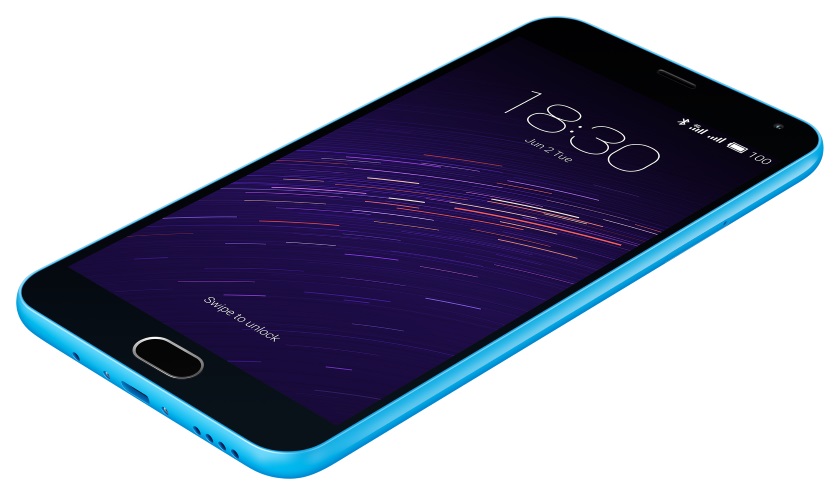

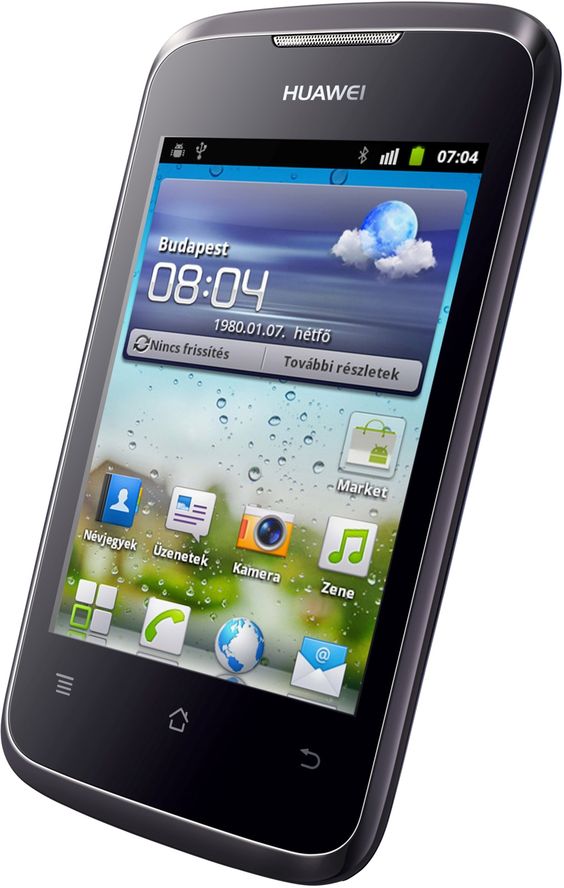
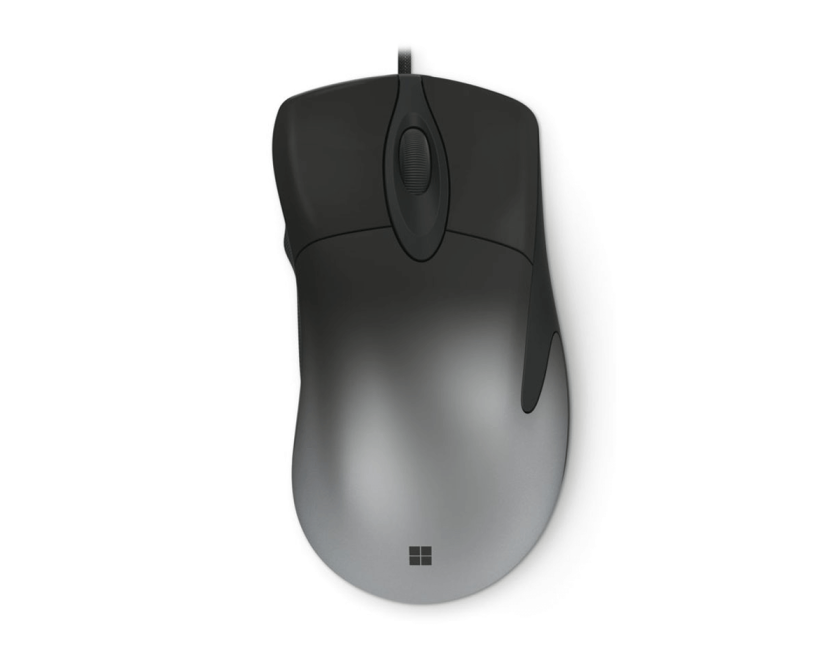

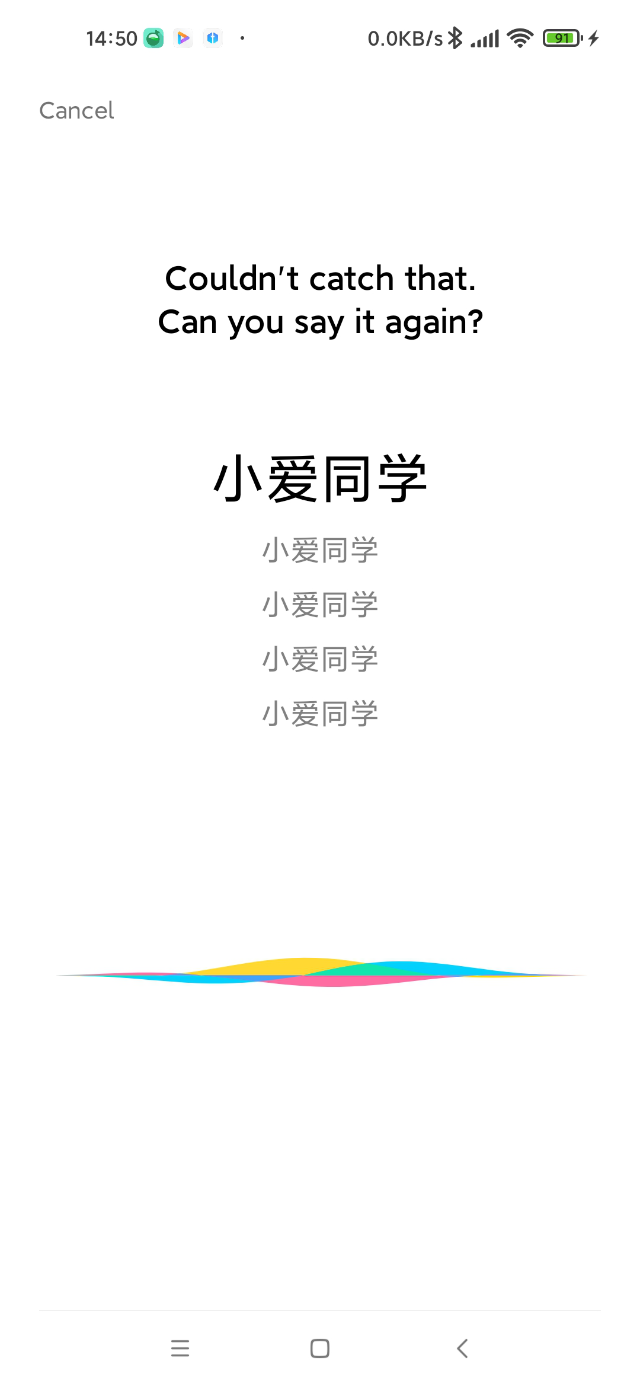

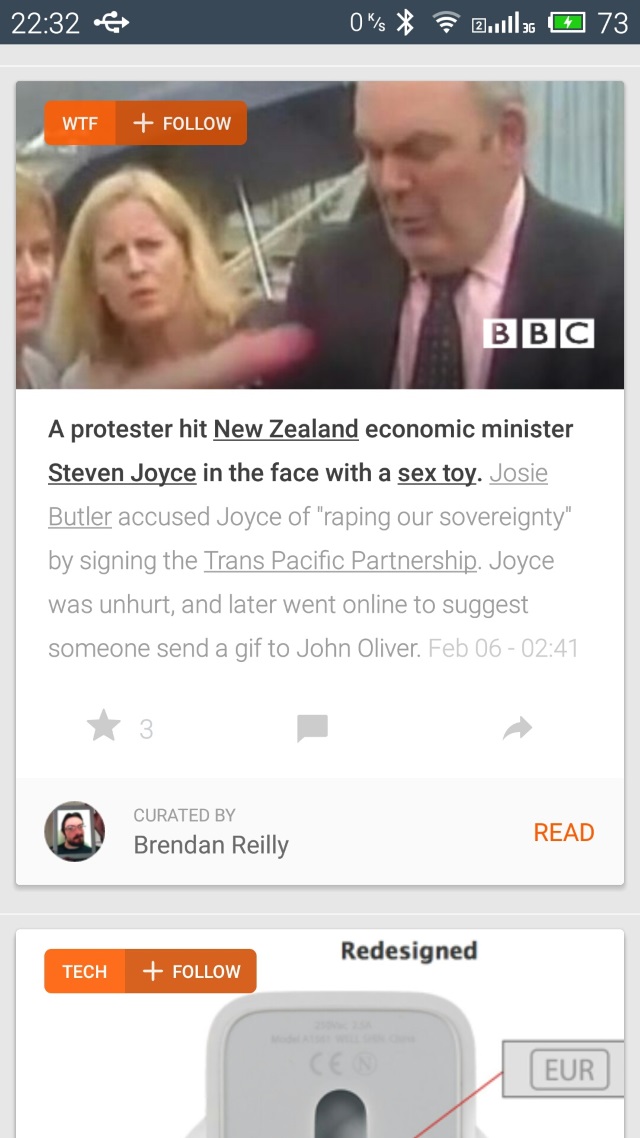
One thought on “Some surprises on day one with the Xiaomi Redmi Note 9 5G”